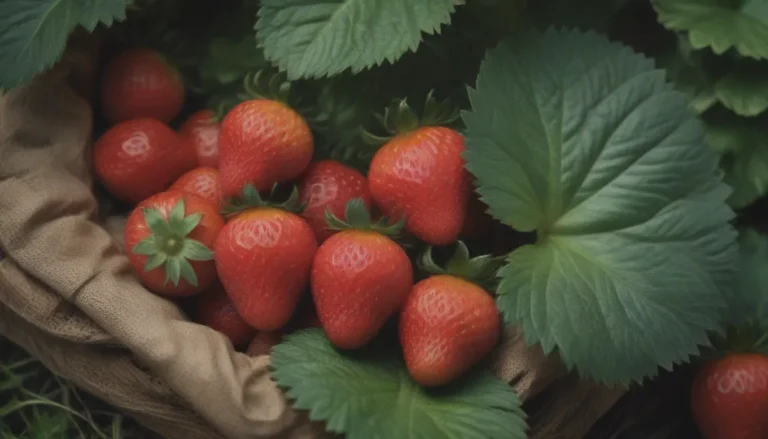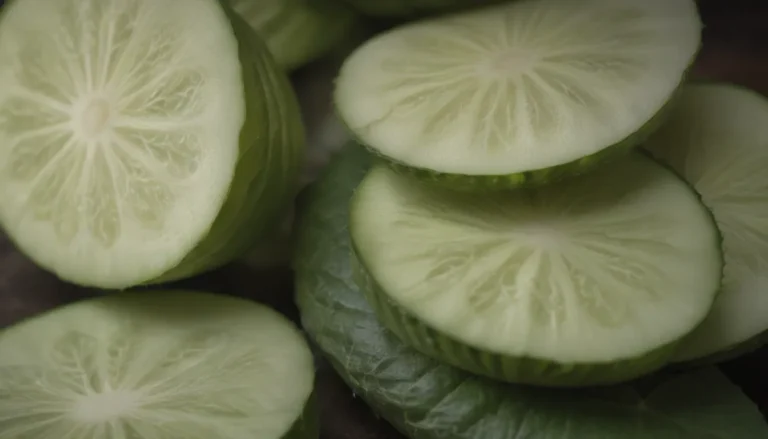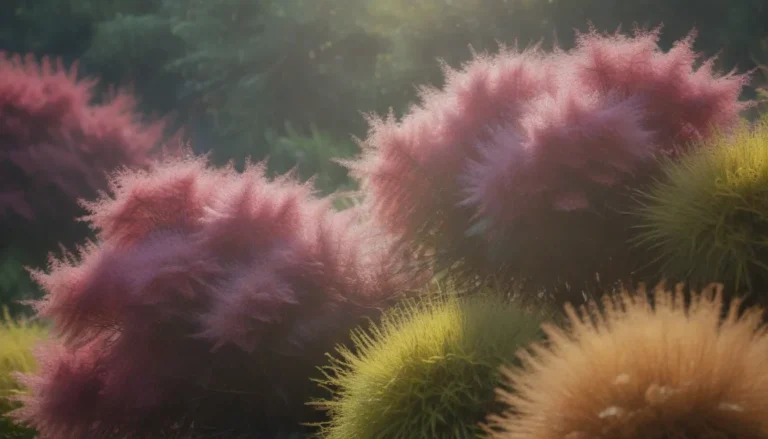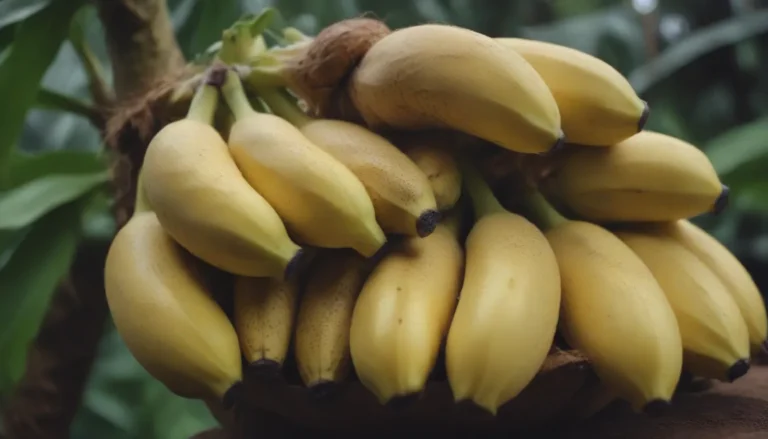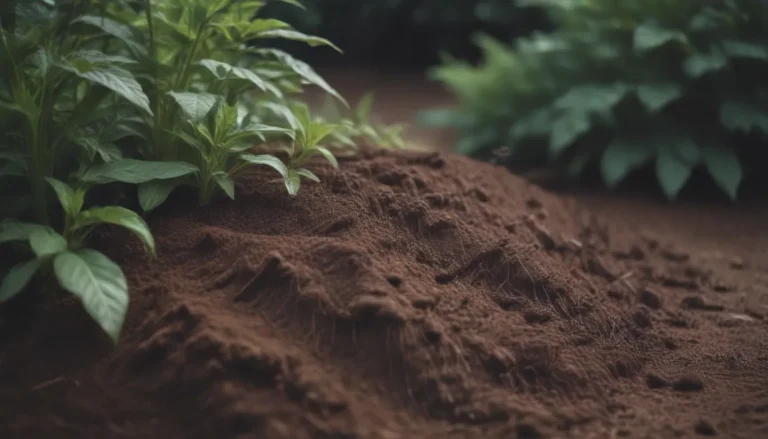Expand Your Yard with 25 Small Trees for Landscaping
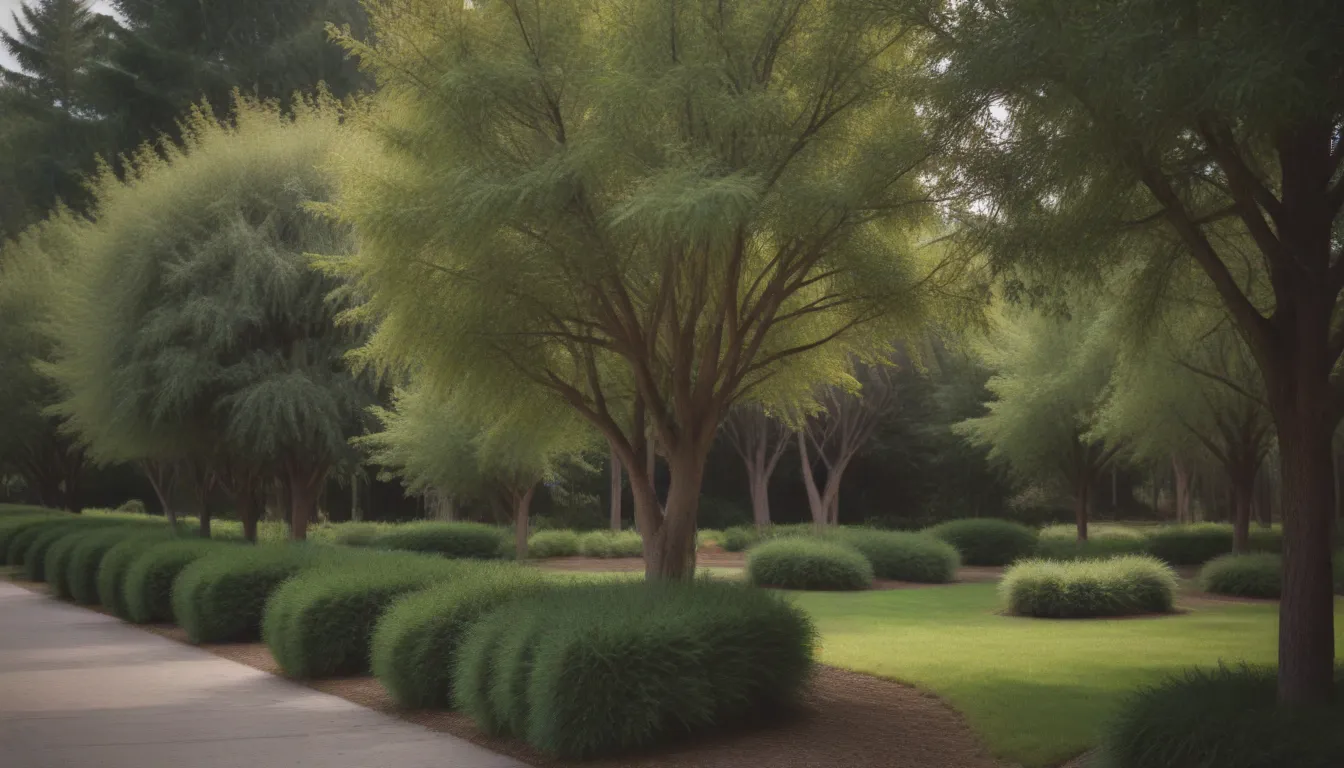
When it comes to landscaping, not everyone has the space for giant trees like sequoias or oaks. But fear not, there are plenty of small trees—often referred to as dwarf trees in the landscaping world—that are perfect for compact yards. These trees typically grow to about 15 feet tall or less, making them ideal for small spaces. Not only are they easy to incorporate into your landscaping, but they are also less of a hassle to maintain than larger trees. From simpler pruning to training them to grow in a certain way, small trees offer a range of benefits for homeowners with limited space.
If you’re considering adding a small tree to your yard, it’s essential to find a suitable spot away from strong winds. Planting a small tree is a straightforward process—dig a hole that’s twice the width of the root ball and a few inches deeper, gently remove the tree from the container, loosen the soil around the roots, place the tree in the hole, backfill around the root ball, and compress the soil firmly. Remember to mulch around the base of the tree, keeping the material a couple of inches away from the trunk, and water your new tree about a gallon per week to ensure its growth and health.
In this article, we’ll explore 25 popular small trees that are perfect for landscaping tight spaces. Whether you’re looking for unique foliage, fragrant flowers, or colorful blooms, these small trees offer variety and beauty to enhance your yard.
Japanese Cedar (Cryptomeria Japonica)
The Cryptomeria japonica is a stunning tree that can grow as tall as 60 feet, but the ‘Globosa Nana’ cultivar is the perfect size for small spaces. With a height of just over three feet and a pyramidal shape, this tree features blue-green foliage that turns reddish-bronze in the winter. Make sure to keep its soil moist and plant it in a sheltered area away from harsh winter winds.
- USDA Growing Zones: 5a to 9a
- Color Varieties: Nonflowering
- Sun Exposure: Full sun
- Soil Needs: Moist, rich, acidic, well-drained
Wintersweet (Chimonanthus praecox)
The Wintersweet is a lovely shrub that can be trained to grow as a small tree, reaching around 10 to 15 feet tall and 8 to 12 feet wide. Its fragrant yellow blooms in winter make it a delightful addition to any yard, especially near a deck or patio. Ensure the soil remains moist but not waterlogged for optimal growth.
- USDA Growing Zones: 7b to 9a
- Color Varieties: Yellow with purple-brown centers
- Sun Exposure: Full sun to part shade
- Soil Needs: Moist, rich, well-drained
Harlequin Gloryblower (Clerodendrum trichotomum)
If you’re looking to add some flair to your landscape, the Harlequin Gloryblower is a showstopper with its summer flowers and purple pearlescent fruits. The plant’s foliage exudes a peanut butter scent when bruised, and with some simple pruning, it can grow between 10 and 20 feet tall.
- USDA Growing Zones: 7b to 9a
- Color Varieties: White
- Sun Exposure: Full sun to part shade
- Soil Needs: Rich, well-drained
Franklin Tree (Franklinia alatamaha)
The Franklinia alatamaha is a versatile dwarf tree that can grow with a single trunk or as a multi-stemmed shrub. Featuring sweetly fragrant white blooms in late summer, this tree typically reaches a height of 8 to 10 feet. With sharp soil drainage requirements, make sure not to overwater this beauty.
- USDA Growing Zones: 5b to 8a
- Color Varieties: White
- Sun Exposure: Full sun to part shade
- Soil Needs: Rich, medium moisture, well-drained
‘Carnival’ Hedge Maple (Acer campestre ‘Carnival’)
A unique addition to any yard, the Acer campestre ‘Carnival’ is a hedge maple cultivar with variegated silver and lime green foliage that transitions to a cotton candy pink in spring. Standing at around 15 feet tall, this tree offers visual interest in a compact package, requiring minimal maintenance besides pest control.
- USDA Growing Zones: 5b to 8a
- Color Varieties: Yellow-green
- Sun Exposure: Full sun to part shade
- Soil Needs: Average, medium moisture, well-drained
‘Randy’ Magnolia (Magnolia ‘Randy’)
Part of the Little Girl series, the Magnolia ‘Randy’ is a small deciduous tree with an oval form that blooms reddish-purple star-shaped flowers in late spring. Requiring minimal pruning, this tree grows to about 10 to 15 feet tall and thrives in rich, neutral to slightly acidic, well-drained soil.
- USDA Growing Zones: 4a to 8a
- Color Varieties: Red-purple
- Sun Exposure: Full sun to part shade
- Soil Needs: Rich, neutral to slightly acidic, medium moisture, well-drained
Hardy Orange (Citrus trifoliata)
A member of the citrus family, the Hardy Orange produces small fruits in the fall with a lemon-like flavor. Reaching between 8 and 15 feet in height, this shrub or small tree adds aesthetic value to your landscape, especially with its sharp thorns. Ensure adequate pruning after flowering while handling the tree carefully.
- USDA Growing Zones: 5a to 9a
- Color Varieties: White
- Sun Exposure: Full sun
- Soil Needs: Average, medium moisture, well-drained
Dawn Redwood (Metasequoia glyptostroboides)
While the main dawn redwood species can grow to great heights, the Metasequoia glyptostroboides ‘Miss Grace’ is a slow-growing dwarf tree reaching only 8 feet after ten years. With a weeping form, this cultivar offers flexibility for smaller yards, allowing either a prostrate growth or upright staking.
- USDA Growing Zones: 6 to 7
- Color Varieties: Nonflowering
- Sun Exposure: Full sun to part shade
- Soil Needs: Somewhat rich, slightly acidic, medium moisture, well-drained
Yellowhorn (Xanthoceras sorbifolium)
Native to China, the Xanthoceras sorbifolium is a rare but beautiful flowering tree that matures between 8 and 25 feet tall. Featuring star-shaped blossoms in spring and small green fruits, this hardy and adaptable tree thrives in full sun and enhances any landscape with its unique blooms.
- USDA Growing Zones: 4b to 7a
- Color Varieties: White with yellow or red center
- Sun Exposure: Full sun
- Soil Needs: Average, medium moisture, well-drained
Mountain Witch Alder (Fothergilla latifolia)
The Fothergilla latifolia is a slow-growing shrub that can be trained as a dwarf tree, reaching 6 to 10 feet tall. With fragrant spring flowers and vibrant foliage in fall, this plant adds seasonal interest to your landscape. Keep an eye out for root suckers that may spread around the base of the plant and remove them if needed.
- USDA Growing Zones: 4a to 8a
- Color Varieties: White
- Sun Exposure: Full sun to part shade
- Soil Needs: Average, medium moisture, well-drained
Dwarf Chestnut Oak (Quercus prinoides)
Supporting wildlife and adding ecological value to your yard, the Quercus prinoides is a dwarf oak tree that reaches 12 to 25 feet in height. Producing acorns in a few years, this tree contributes to the local ecosystem while requiring minimal maintenance. Rake fallen leaves occasionally to maintain a tidy landscape.
- USDA Growing Zones: 5b to 8a
- Color Varieties: Yellow, green, red
- Sun Exposure: Full sun to part shade
- Soil Needs: Average, acidic to neutral, medium moisture, well-drained
Dragon Lady Holly (Ilex × aquipernyi ‘Meschick’)
The Ilex × aquipernyi ‘Meschick’ or Dragon Lady Holly is an excellent choice for small spaces, reaching 10 to 20 feet in height. With a conical form and attractive berries, this tree requires both a female plant and a male pollinator nearby to produce its stunning fruits. Plant in acidic, moist, well-drained soil for optimal growth.
- USDA Growing Zones: 6 to 8
- Color Varieties: White
- Sun Exposure: Full sun to part shade
- Soil Needs: Acidic, moist, well-drained
Spanish Fir (Abies pinsapo)
The Spanish fir’s main species can grow quite tall, but the Abies pinsapo ‘Fastigiata’ is a dwarf cultivar that only reaches around 10 feet in height. Featuring blue-green needles and pinkish-purple seed cones, this tree is low-maintenance but requires monitoring for insect pests to ensure its health.
- USDA Growing Zones: 6 to 7
- Color Varieties: Nonflowering
- Sun Exposure: Full sun to part shade
- Soil Needs: Somewhat rich, slightly acidic, medium moisture, well-drained
‘Lemon Lime Lace’ Japanese Maple (Acer palmatum ‘Lemon Lime Lace’)
The Acer palmatum ‘Lemon Lime Lace’ is a colorful, compact Japanese maple cultivar with vibrant foliage that transitions from lemon-yellow to bright orange. Reaching 6 to 12 feet in height, this tree is a striking addition to any landscape, requiring rich, moist, slightly acidic, well-drained soil for optimal growth.
- USDA Growing Zones: 5 to 8
- Color Varieties: Insignificant
- Sun Exposure: Full sun to part shade
- Soil Needs: Rich, moist, slightly acidic, well-drained
Witch Hazel (Hamamelis virginiana)
The Hamamelis virginiana is a versatile shrub or small tree that typically reaches 15 to 20 feet in height. Producing shaggy, citrus-scented yellow flowers in fall, this low-maintenance plant requires minimal pruning, ideally done in early spring to maintain its shape. Plant in average, medium moisture, well-drained soil for best results.
- USDA Growing Zones: 3a to 9a
- Color Varieties: Yellow
- Sun Exposure: Full sun to part shade
- Soil Needs: Average, medium moisture, well-drained
Amur Maple (Acer tataricum subsp. ginnala)
The Acer tataricum subsp. ginnala is a fast-growing but small maple species that reaches about 20 feet in height. With brilliant red fall foliage, this tree is ideal for adding a pop of color to your landscape. Make sure to manage the seeds to prevent unwanted growth in native areas while maintaining moist, well-drained soil for optimal growth.
- USDA Growing Zones: 2a to 8a
- Color Varieties: Yellow-green flowers
- Sun Exposure: Full sun to part shade
- Soil Needs: Moist, well-drained
Dwarf Flowering Crabapple Trees
When considering small trees for your landscaping, don’t overlook the diversity of flowering crabapples. These trees come in an array of sizes and colors, rarely growing over 30 feet tall. From creamy-white flowers to yellow fruits, there are numerous dwarf varieties like ‘Abaria’ and ‘Cinderella’ that offer beautiful spring blooms and compact growth for small spaces.
- USDA Growing Zones: 4–8
- Color Varieties: White, pink, red, purple
- Sun Exposure: Full sun
- Soil Needs: Rich, moist, well-drained
Dwarf Apple Trees (Malus)
Dwarf apple trees come in various sizes, catering to different garden spaces. Ranging from very dwarfing to very vigorous, these trees are categorized based on the rootstock used, allowing flexibility in choosing the right size for your yard. Varieties like ‘Honeycrisp,’ ‘Granny Smith,’ and ‘Golden Delicious’ thrive in different climates, ensuring you find the perfect apple tree for your garden.
- USDA Growing Zones: 3–9 (varies by cultivar)
- Color Varieties: White flowers; fruit colors include yellow, green, pink, and red
- Sun Exposure: Full sun
- Soil Needs: Medium moisture, well-draining, slightly acidic
Dwarf Cherry (Prunus avium cultivars)
For a beautiful flowering tree that also produces delicious fruit in limited space, consider dwarf cherry trees. Best suited for temperate climates where citrus trees struggle, cherry trees rarely grow more than 25 to 30 feet tall. Look for dwarf cultivars like ‘Lapins’ and ‘Stella’ to enjoy abundant fruit production in a compact size.
- USDA Growing Zones: 4-8 (varies by cultivar)
- Color Varieties: White blossoms in spring
- Sun Exposure: Full sun
- Soil Needs: Moist but well-drained
Dwarf Alberta Spruce (Picea glauca ‘Conica’)
The Picea glauca ‘Conica’ or Dwarf Alberta spruce is a slow-growing cultivar that reaches a mature height of 10 to 13 feet. Perfect for compact landscapes, this evergreen tree provides a vibrant addition without overwhelming the space. While it thrives in colder climates, ensure proper air circulation to prevent fungal diseases that may affect the dense needle foliage.
- USDA Growing Zones: 5b-7a
- Color Varieties: Non-flowering
- Sun Exposure: Full sun
- Soil Needs: Moist, well-drained
Hinoki Cypress (Chamaecyparis obtusa)
Despite its towering native species, Chamaecyparis obtusa has several dwarf cultivars perfect for small landscape spaces. With a spreading growth habit and distinctive flattened leaves, varieties like ‘Confucious’ and ‘Fernspray Gold’ offer unique textures and colors in compact sizes. Hinoki cypress is slow-growing and adaptable, making it an excellent choice for potted or bonsai specimens.
- USDA Growing Zones: 4a–8a
- Color Varieties: Non-flowering
- Sun Exposure: Full sun to part shade
- Soil Needs: Acidic, well-drained
Crepe Myrtle (Lagerstroemia indica)
The Lagerstroemia indica, or crepe myrtle, is an iconic flowering tree native to Asia that thrives in southern U.S. gardens. With stunning pinkish-red flowers, attractive fall foliage, and exfoliating bark, this tree offers year-round visual interest. Compact cultivars like ‘Enduring Summer White’ and ‘Catawba’ provide color and charm in limited spaces.
- USDA Growing Zones: 7b-9a
- Color Varieties: Rose red
- Sun Exposure: Full sun
- Soil Needs: Medium moisture, well-drained
Dwarf Mandarin Orange Tree
Ideal for zones 9 to 11 or as a patio tree in colder climates, the dwarf mandarin orange tree offers both beauty and functionality in limited space. With varieties like ‘Clementine’ and ‘Tango,’ these trees produce sweet, seedless fruits and are perfect for sunny patios. Ensure well-draining, loamy soil for optimal growth and fruit production.
- USDA Growing Zones: 9–11
- Color Varieties: White flowers in spring
- Sun Exposure: Full sun
- Soil Needs: Loamy, well-drained
Dwarf Redbud (Cercis spp.)
While all redbuds are relatively small trees, dwarf redbud varieties offer even more compact growth for small landscapes. Varieties like Alba and ‘Covey’ provide stunning pink to purple blooms before leaves appear, making a delightful early spring display. Ensure well-drained soil and minimal pruning to enjoy the beautiful form of these North American natives.
- USDA Growing Zones: 4a to 9a
- Color Varieties: Pink to purple
- Sun Exposure: Full sun to part shade
- Soil Needs: Well-drained
Dwarf Lemon (Citrus x limon ‘Meyer’)
A hybrid of lemon and mandarin orange, the Citrus x limon ‘Meyer’ tree grows to about 10 feet tall, featuring glossy green leaves and white flowers. Producing delicious fruits starting at four years old, this tree makes an excellent container tree for patios, offering beauty and productivity in a compact size.
- USDA Growing Zones: 9–11
- Color Varieties: White
- Sun Exposure: Full sun
- Soil Needs: Sandy, well-draining
By incorporating these 25 small trees into your landscaping, you can transform your yard into a beautiful and functional space, even if you have limited room. Whether you’re looking for striking foliage, fragrant blooms, or tasty fruits, there’s a small tree option for every preference and space requirement. Remember to consider your climate, sun exposure, and soil needs when selecting a tree, and enjoy the beauty and benefits these trees bring to your outdoor space.

